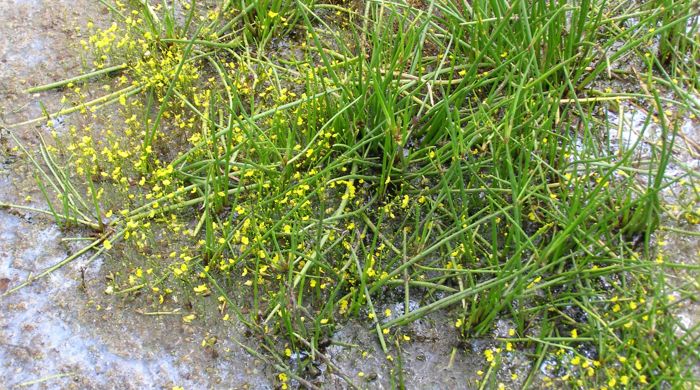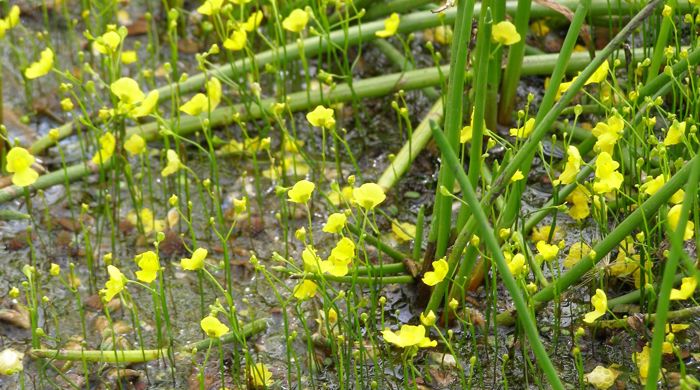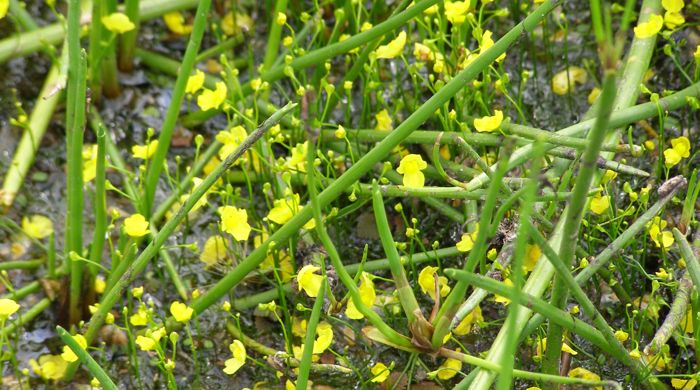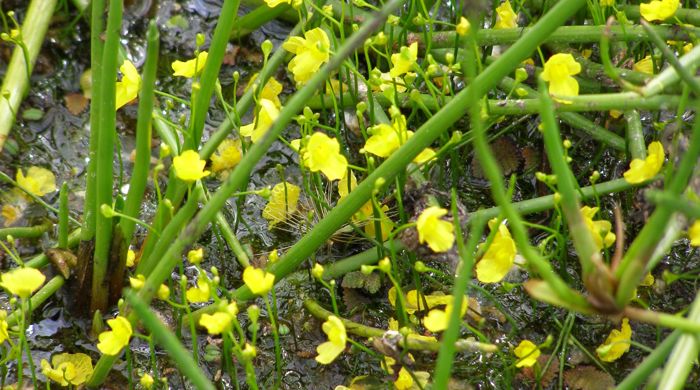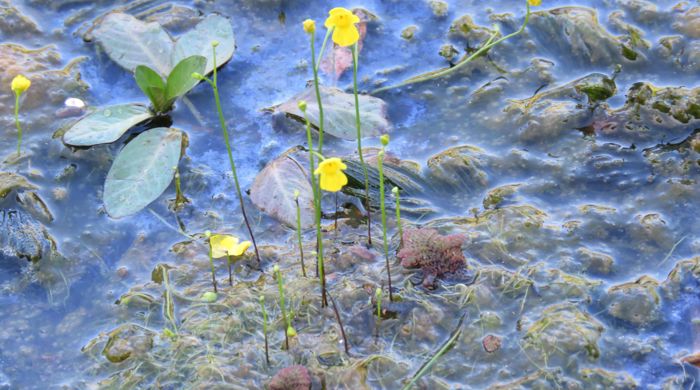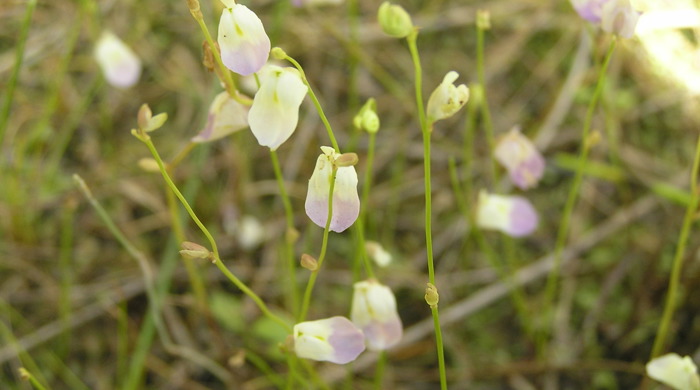Utricularia arenaria, u. gibba, u. livida and u. sandersonii
Bladderwort species
Also known as:
Humped bladderwort
Family: Lentibulariaceae
Origin: Various
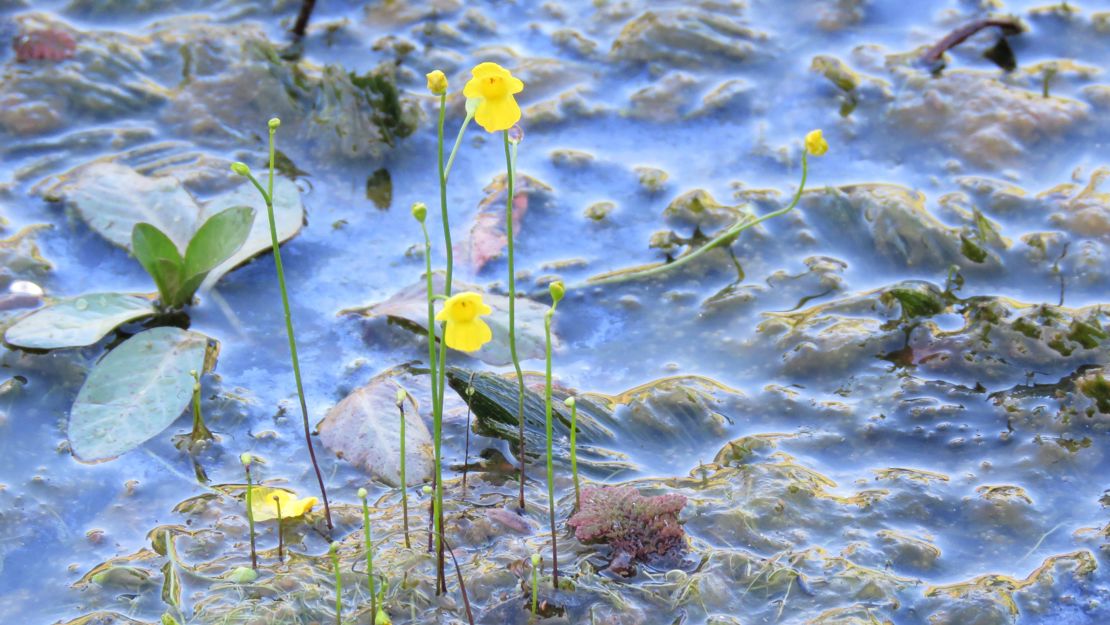
Regional Pest Management Plan (RPMP) status
- National Pest Plant Accord Species
- Whole region — Sustained control
General description
Perennial (sometimes annual for u. livida) aquatic herbs. Roots are absent. Stolons are long, branched, filamentous, bear tiny round bladders, and form dense sprawling mats. Bladders suck insect and zooplankton prey in when external hairs triggered. Flowers are submerged and borne in summer. u. gibba flowers are yellow and held above water. Seeds are small and ripen summer – autumn.
What you need to know
To help protect our environment:
- you must not breed, distribute, release or sell bladderwort species - As bladderwort species are National Pest Plant Accord species, these restrictions apply within the Auckland region and across the whole of New Zealand
- you must not plant bladderwort species within the Auckland region
- you must destroy any bladderwort species on land that you occupy if it has been planted in breach of the above rules and you are directed to do so by an authorised person.
Habitats
Still and slow-moving water bodies, seasonally inundated water body margins.
Dispersal
Seeds dispersed by water movement. Vegetative spread from stem fragments, dispersed by attachment to waterfowl. Human-mediated dispersal through contamination of boats, equipment and aquarium/ornamental pond plants.
Impact on environment
Spreads aggressively and forms dense mats, threatening small turf-forming species and native bladderwort species in freshwater ecosystems. May shade submerged vegetation and alter sediment chemistry.
Control
Site management
Consider an aquatic pest plant control operator. Contact Auckland Council for control options.
Recommended approaches
Physical control
Method: Dig out.
Disposal options: Remove to greenwaste or landfill if practical.
Biocontrol
Biocontrol is currently not available for this species.
Community agrichemical control recommendations
Certified Handler/Experienced agrichemical user: Foliar spray of 100 ml glyphosate green per 10 L of water.
Caution: When using any herbicide or pesticide please read the label thoroughly to ensure that all instructions and safety requirements are followed.
